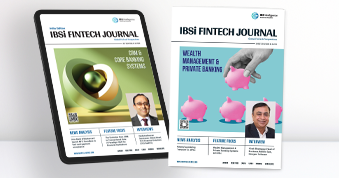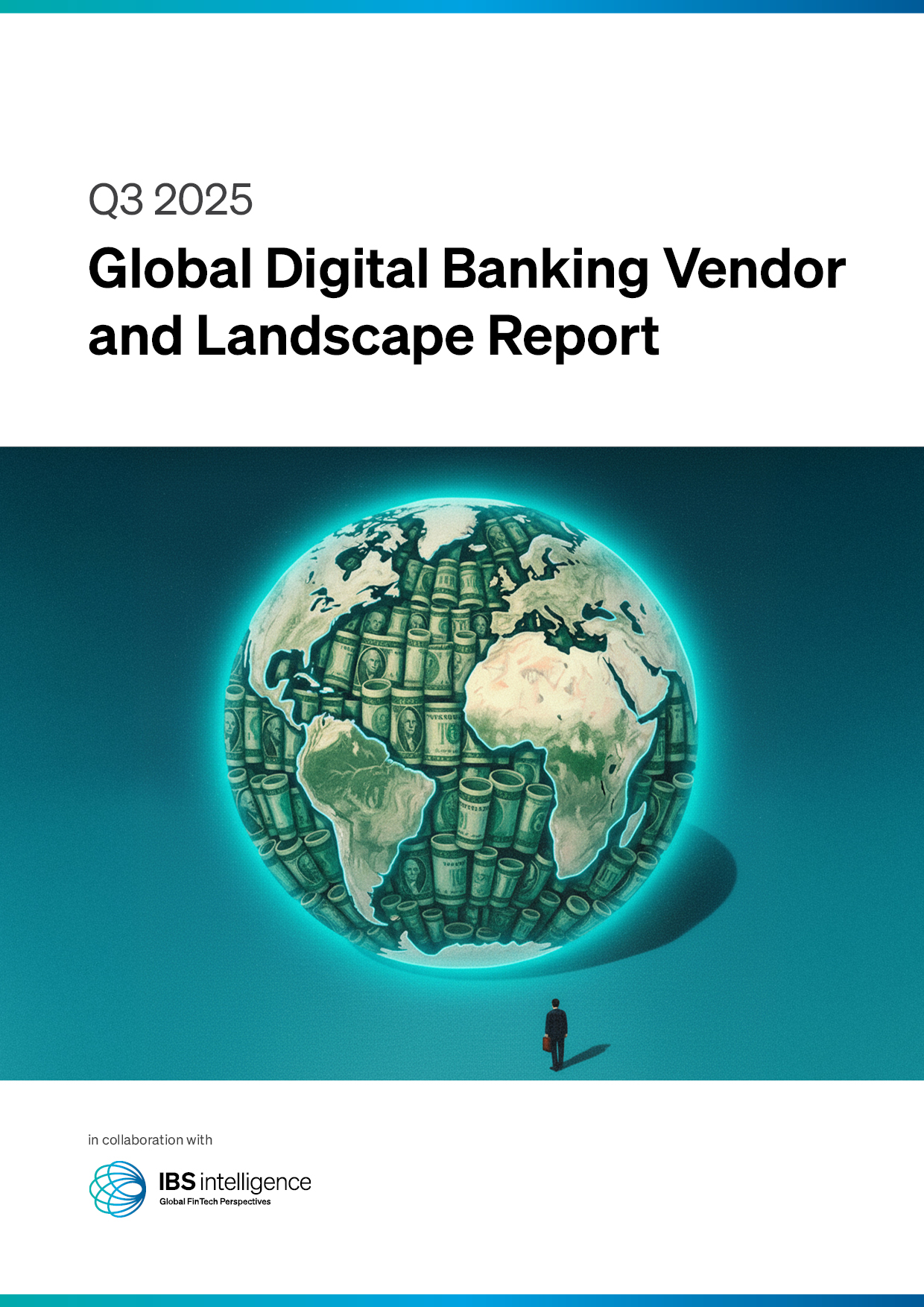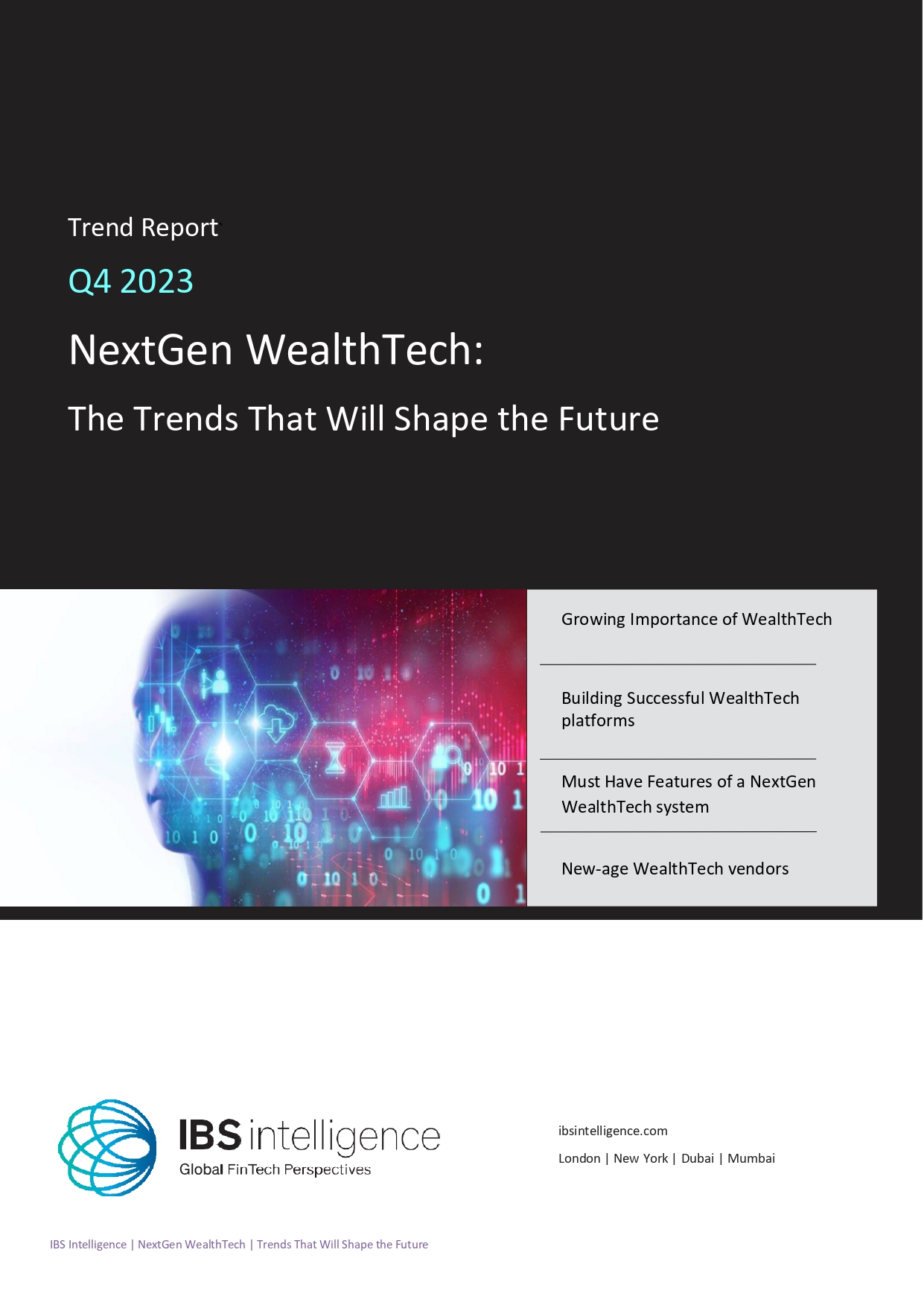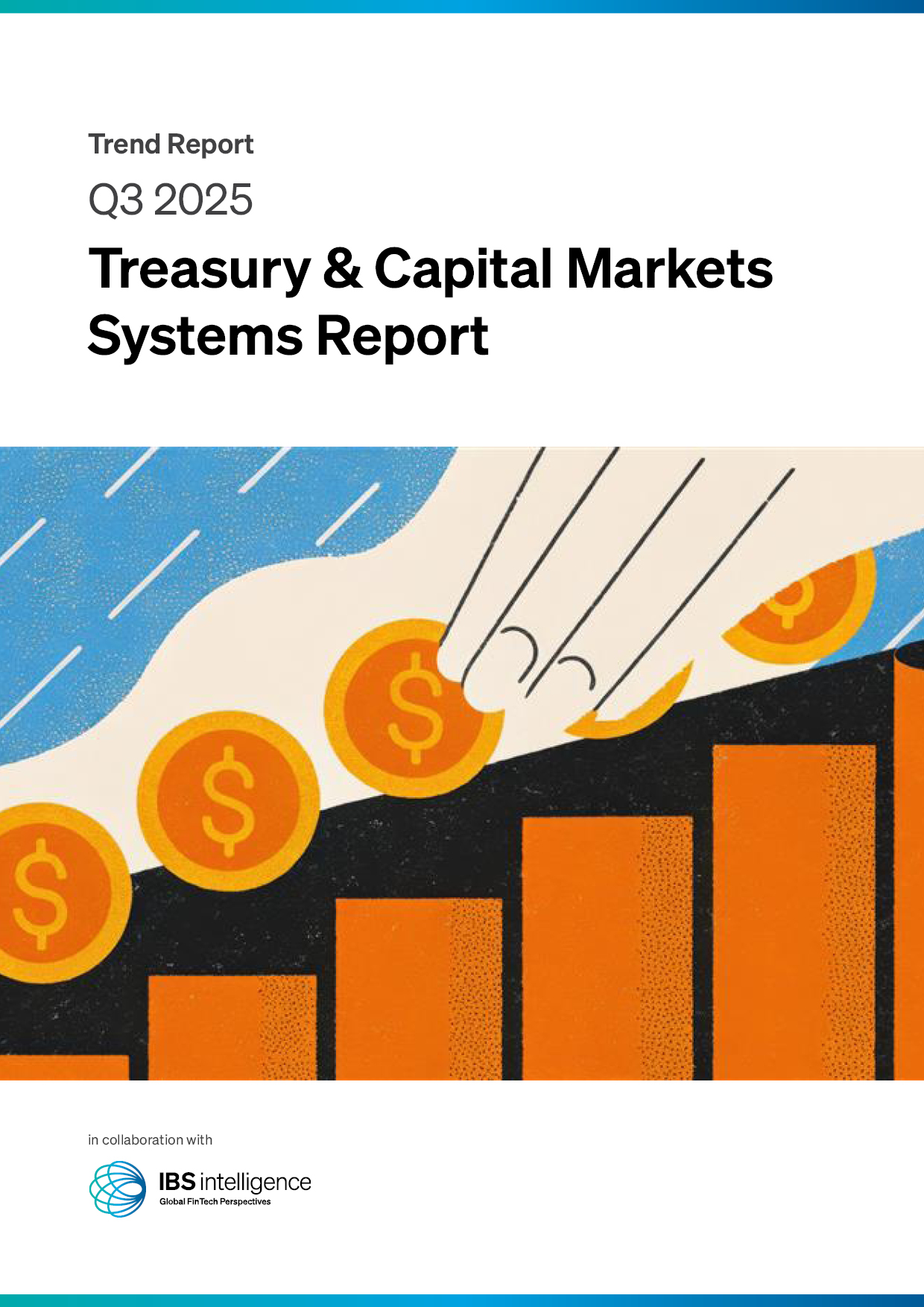 Back
Back
TIP the balance in your favour: How effective threat intelligence platforms can enhance your cyber defence

By Dan Bridges, Technical Director – International at Cyware
The past year has seen numerous ransomware attacks on the financial services industry, with 59% of businesses in the sector falling victim in some form. As a fundamental pillar of our vital national infrastructure, financial institutions must increasingly focus on improving their cyber defence toolkit to be ready for any outcome, argues Dan Bridges, Technical Director, International at Cyware.
Security professionals are faced with an endless bombardment of cyber threats, which leads to alert fatigue, less decisive actions and reactive firefighting. Little wonder that organisations can seem on the back foot when dealing with this barrage. That’s why we need to stay ahead of the game by understanding the capabilities, objectives and tactics used by cybercriminals by collecting and analysing data from multiple sources.
However, recent research suggests a common lack of understanding and insight into the threat landscape, with 35% of respondents confirming they don’t have a wide-ranging knowledge of the threat landscape they are facing and 75% making security decisions, lacking any threat insight entirely. The impact of this knowledge gap can be dramatic, from delayed response times to increased vulnerability to reduced risk mitigation and beyond. Even companies with an active threat intelligence platform can be overwhelmed by the volume of alerts, all of which need some degree of attention.
Efficient and effective protection
This is precisely the issue that automated threat intelligence platforms (TIPs) are designed to address. They gather and analyse threat data from internal and external sources to provide actionable security insights. At the same time, TIPs automate the threat detection process, connect indicators of compromise (IoCs) and integrate this data with a range of tools, such as Security Information and Event Management (SIEM), Endpoint Detection Response (EDR), and Cloud Security Posture to boost performance.
This integration with other security systems is known as cyber fusion. It ensures defences are streamlined and aligned, helping users focus on threat prevention, detection and mitigation by supplying real-time intelligence to enhance the security posture. TIPs can also incorporate structured data, such as IP addresses and malware signatures, with unstructured data, such as threat reports and emails, which provides teams with more granular insights. As a result, businesses can identify and nullify threats more rapidly.
This integrated approach means threat intelligence can also integrate more seamlessly with an organisation’s wider security architecture, reducing inefficiencies and duplication of effort to create a more potent threat prevention strategy. Broader access to the insights generated equips security professionals enterprise-wide with the tools to combat emerging threats, reduce the risk of attack and enhance the full spectrum of defence policy.
Introducing collaboration
Threat intelligence solutions work best when companies are members of the appropriate Information Sharing and Analysis Centres (ISACs). These are non-profit bodies that enable the sharing of threat intelligence between members to improve collective security and defend vital infrastructure.
The National Council of ISACs says it helps infrastructure owners and operators protect their operations, workforce and customers from cyber and physical security risks with a range of capabilities and services. These include round-the-clock threat warning, incident reporting tools, and threat level monitoring, as well as responding to and sharing actionable information more quickly than other partners, even the government.
With around 5,000 member firms worldwide, the finance sector has the FS-ISAC to defend financial institutions and their personnel. It provides a real-time collaboration and information-sharing platform, which can magnify the intelligence, understanding and processes of its members to improve collective security and protection.
However, it is worth noting that despite this success and the existence of ISACs across multiple industry sectors, they are underused in practice. In fact, recent research shows that over half of organisations don’t yet use these invaluable resources. At the same time, over a quarter remain unaware of ISACs and their vital role in managing cyber threats.
Preparing for the future
The current and future threat landscapes are wide and turbulent, so obtaining actionable intelligence from across them is more important now than ever. Tips under the broader umbrella of ISACs provide the ideal defence solution for companies of all sizes. By centralising data collection, enabling correlation and analysis, giving context enrichment, prioritising threats, and delivering actionable insights, TIPs are the best, proactive frontline in the war on cyber threats.
Companies that deploy these modern, highly efficient automated TIP solutions with a collaborative edge are positioning themselves to meet upcoming cyber threats squarely. Companies that don’t – and are not ISAC members either – are opening themselves up to an unnecessary world of risk and danger. As cyber threats continue to evolve in complexity and increase in volume, these capabilities will only become more critical in protecting financial organisations, so now is the time to act.
IBSi News

December 15, 2025
Cloud Security
Enterprise AI investments struggle as leaders lag implementation
Read MoreGet the IBSi FinTech Journal India Edition
- Insightful Financial Technology News Analysis
- Leadership Interviews from the Indian FinTech Ecosystem
- Expert Perspectives from the Executive Team
- Snapshots of Industry Deals, Events & Insights
- An India FinTech Case Study
- Monthly issues of the iconic global IBSi FinTech Journal
- Attend a webinar hosted by the magazine once during your subscription period
₹200 ₹99*/month
* Discounted Offer for a Limited Period on a 12-month Subscription
IBSi FinTech Journal

- Most trusted FinTech journal since 1991
- Digital monthly issue
- 60+ pages of research, analysis, interviews, opinions, and rankings
- Global coverage
Other Related Blogs
November 28, 2025





